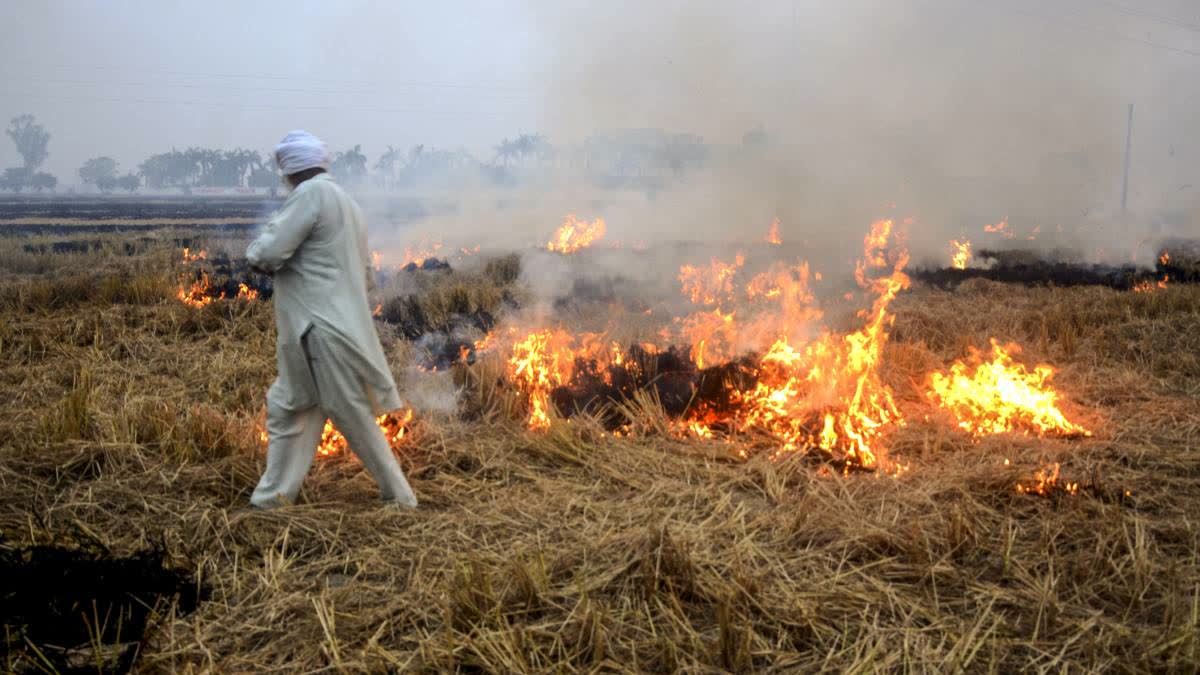New Delhi: Stubble burning monitoring by using satellite remote sensing technology and the real-time mapping of active fire events helps fetch the actual data which proves useful for northern Indian states and several departments to deal with the issue and prepare framing policy on it.
"By using satellite data, scientists have been working on stubble burning issues to get details of areas, quantity, and periods of its occurrence," Prof Vinay Sehgal, principal scientist, ICAR-Indian Agriculture Research Institute, PUSA told ETV Bharat.
In the past several years, it has been seen that several states like Delhi, Haryana, Punjab, Uttar Pradesh, Rajasthan and Madhya Pradesh are engulfed with thick layers of smog with poor AQI during winters leading to health issues among people.
Citing the use of data, Sehgal said, "We use two types of satellite data. First, we monitor real-time stubble burning cases and analyse them at the block and district levels following which a bulletin is released and shared with stakeholders like the Commission for Air Quality Management, the Ministry of Agriculture, state agriculture departments, and district collectors. Based on the report, these stakeholders take action to curb firm fire incidents in their respective areas. In the second method, we do an exercise every fifth day to estimate the ratio of paddy in a field and how much stubble was burnt there. This second method helps us to know about the trends of stubble burning in the states".
ICAR-Indian Agriculture Research Institute has been monitoring and analyzing residue-burning data since 2018. "Through this analysis, we easily find trends of residue burning in the states," he said.
According to the data, a total of 19,067 burning events were detected in six states between September 15 and November 12 which are specified as 7,112, 1,020, 2,034, 12, 1,782 and 7,107 in Punjab, Haryana, Uttar Pradesh, Delhi, Rajasthan and Madhya Pradesh, respectively.
As the data reflects, the trend of residue burning was 77,310 in 2020 and 7,112 in 2024. Haryana logged 5,190 in 2021 and 1,020 in 2024, Uttar Pradesh logged 2,431 in 2020 and 2,034 in 2024, Rajasthan logged 529 in 2021 and 1,782 in 2024, and Madhya Pradesh saw 11,144 in 2020 and 7,107 in 2024 of stubble burning between September 15 and November 12.
The states use the satellite to thrash out policies on stubble burning. "The states get clear inputs from the data to prioritise their policies where higher or lower residue burning cases are noticed. We have already released the 60th bulletins of six states on this issue," he said.
Also Read:



